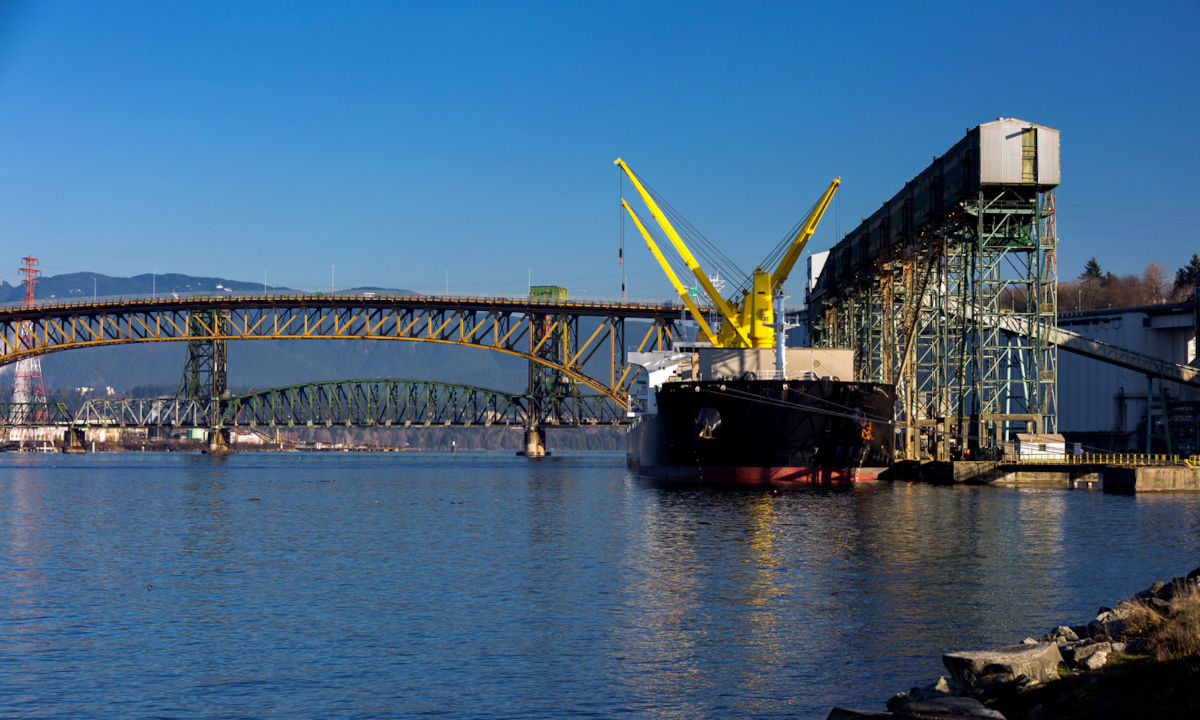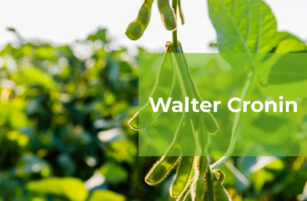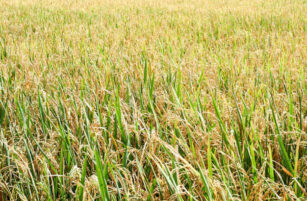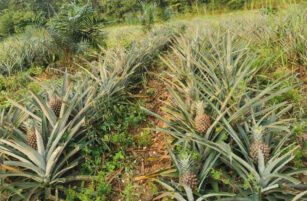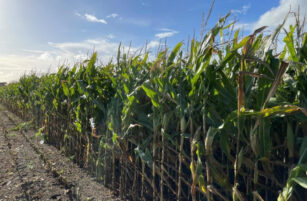Insight Focus
- Canadian port workers at West Coast ports recently followed US unions by announcing a strike.
- An agreement may be reached soon, but the threat of a strike still looms over the ports.
- Canada’s west coast handles large volumes of grains and fertilisers, and strikes could exacerbate supply issues.
Canadian Port Strikes May Go Ahead
After almost a year of strikes at the US West Coast ports, this month port workers north of the border announced new labour issues at ports in British Columbia.
It looked like an agreement was reached last week but the deal was subsequently rejected by union members. The dockworkers are represented by the International Longshore and Warehouse Union (ILWU), the same union that represented the workers in the US.
Union leadership is now recommending that its members accept the deal, which is due to be put before them this week.
But if an agreement cannot be reached, the two weeks of disruptions will be prolonged and more backlogs will be created across North America’s busiest ports.
Vancouver is Canada’s largest port and is responsible for the export of over 23 million tonnes of grains and 13 million tonnes of fertilisers each year.

Source: PortVancouver
At the moment, the price of grains and fertilisers is high due to supply constraints related to the Russian invasion of Ukraine, weather conditions and protectionism.

Source: World Bank
Canada Potash Exports at Risk
Canada is the world’s biggest potash exporter, and a high volume passes through the Port of Vancouver.

Since the Russian invasion of Ukraine, the world has depended more on Canada for fertilisers. Canada currently exports 95% of its potash to global markets.

Source: Statistics Canada
As a result of the world’s dependence on Canadian potash, Fertilizer Canada stepped in to urge the federal government to take action that would halt the work stoppages at ports.
Prices Set to Head Higher
Global fertiliser availability has come into question since early 2022 when Russia invaded Ukraine. Although Russian fertilisers have not been subject to sanctions, some buyers have refrained from buying Russian products.

Europe in particular was highly exposed to Russian fertilisers. As a result of the invasion, the price of fertilisers skyrocketed. Potash prices rose to around USD 1,200 per tonne, before normalising this year at just over USD 300 per tonne.

Source: World Bank
But these prices are still higher than the 2020 average of USD 241 per tonne. If Canadian fertiliser supply is jeopardised, prices could rise again.
And grain prices have also remained elevated since the invasion. Over the past few days, Russia has pulled out of the Black Sea grains deal and there have been attacks reported on Ukrainian grain stores , threatening wheat availability in Europe’s breadbasket.

Source: World Bank
Last week, India made an announcement that it would ban exports of non-basmati white rice. India is the world’s largest rice exporter.
Concluding Thoughts
- The Canadian west coast port strike would cripple fertilizer supply chains further.
- It also jeopardizes grain supply at a time when warm weather, the Ukraine war and protectionism is already restricting supply.
- US west coast ports have said they will not handle any diverted cargo from the Canadian west coast ports on strike.
- Bottlenecks are already starting to build up and, even with a solution to the strike, the railroads will have the challenge of handling sudden high cargo volumes.
